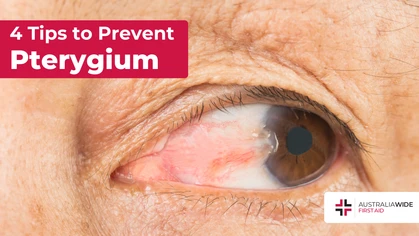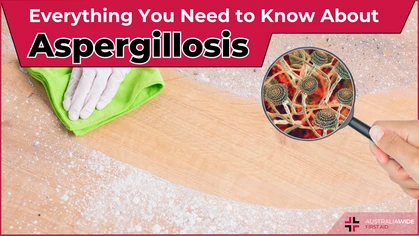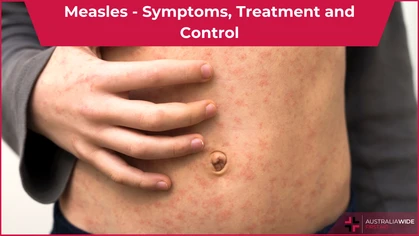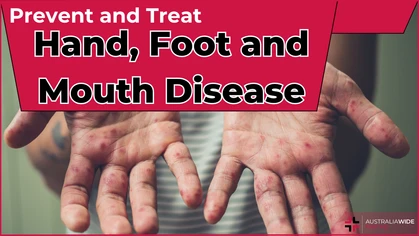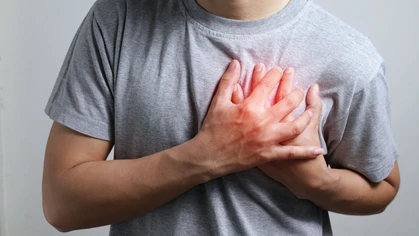Sudden Death: Causes and Symptoms

Disease
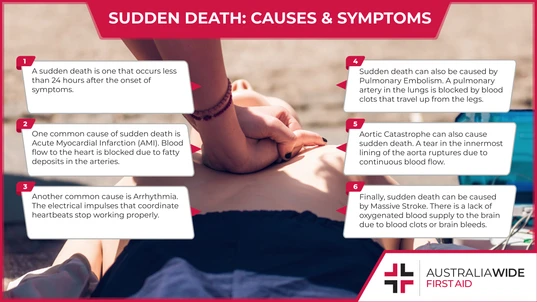
A sudden death is one that is unexpected. Most sudden deaths are caused by cardiovascular diseases. It is important to understand these causes, so that you can provide effective first aid treatment, and reduce the casualty's risk of complications.
A sudden death is one that is unexpected. The World Health Organisation (WHO) defines sudden death as a “non-violent death occurring less than 24 hours from the onset of symptoms”. Natural causes are the main causes of sudden death, with cardiovascular diseases accounting for up to 90% of sudden deaths globally. When the cardiovascular system is the cause of the sudden death, it is referred to as sudden cardiac death. In Australia, cardiovascular disease is the biggest cause of early and sudden death. Baker Heart & Diabetes Institute, an Australian medical research institute in Melbourne, stated that sudden cardiac death is a major killer of Australians under 50, and that men are five times more likely to be affected. Today, we are going to look at 5 common causes of sudden death. It is important to understand these causes, so that you can provide effective first aid treatment, and reduce the casualty's risk of serious complications.Arrhythmia
Arrhythmia is a medical term for an irregular heartbeat. Heart arrhythmia occurs when the electrical impulses that coordinate heartbeats stop working properly, causing the heart to beat faster, slower or in an irregular pattern. Signs and symptoms of someone experiencing arrhythmia include:- Palpitations, a feeling that your heart is beating too hard or fast
- A racing heartbeat (tachycardia)
- A slow heartbeat (bradycardia)
- A fluttering in the chest
- Chest pain
- Shortness of breath
- Feeling lightheaded or dizzy
- Fainting (Synope)
- Sweating
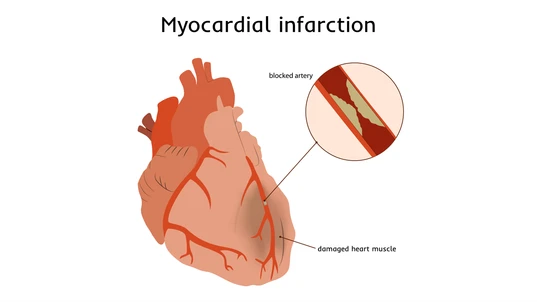
Over time, the buildup of fatty cholesterol deposits in the coronary arteries occlude blood flow to the heart muscles and deprive them of oxygen and nutrients.
Acute Myocardial Infarction (AMI)
An acute myocardial infarction is commonly known as a heart attack. It occurs when the blood flow to the heart is drastically reduced or blocked by a buildup of fatty cholesterol deposits in the coronary arteries. Over time, the plaque builds up and rupture, occluding the blood flow. With reduced blood flow to the heart muscles, they receive inadequate oxygen. When this prolongs and more heart muscles are affected, many of the cells die, resulting in an AMI. Signs and symptoms of someone experiencing AMI include:- Chest pain, feels like tightness, squeezing, aching
- Heartburn or indigestion
- Pain that radiates to the shoulder, arm, back, neck, jaw, teeth
- Cold sweat
- Fatigue
- Lightheadedness or dizziness
- Shortness of breath
Pulmonary Embolism (PE)
Pulmonary embolism occurs when a pulmonary artery in the lungs is blocked by a deep vein thrombosis (blood clots) that travel from the legs to the lungs. They block the pulmonary arteries, preventing blood flow through the lungs. This reduces the lungs ability to supply oxygen to the brain and rest of the body. Risk factors that cause blood clots to form are being overweight or pregnant, smoking and long periods of immobilisation or inactivity, for example, bed rest after a surgery. Signs and symptoms of someone experiencing PE include:- Chest pain
- Shortness of breath
- Rapid heart rate
- Dry cough
- Hypotension
- Lightheaded or dizzy
- Fainting (Synope)
- Bluish discolouration of the skin (Cyanosis)
- Leg pain or swelling
- Compression stockings
- Keeping legs elevated
- Moving about and staying active
- Anticoagulants medication
- Drinking lots of water

When blood flows out from the tear into the medial arterial layer, a false lumen is formed within the arterial wall.
Aortic Catastrophe
It is also known as an aortic dissection which refers to an aortic aneurysm that has dissected. Chronic aortic aneurysm and hypertension eventually lead to the tearing of the innermost layer of the aorta. Constant contraction of the heart forces more and more blood between the arterial linings, resulting in the separation or dissection of the layers. This can ultimately cause the aorta to rupture (burst). Aortic dissection occurs mostly in men, aged 60 to 70. Signs and symptoms include:- Sudden severe chest pain
- Sudden severe stomach pain
- Loss of consciousness
- Breathlessness
- Sudden vision problems
- Weakness or loss of movement on one side of body
- Weak pulse in one side of the body in comparison with the other
Massive Stroke
A massive stroke occurs when there is a lack of oxygenated blood supply to the brain due to blood clots occluding the arterial blood flow or when a blood vessel in the brain ruptures and bleeds into the brain. The loss of supply of oxygen and nutrients cause the brain cells to die and result in permanent damage. In Australia, at least 3 in every 200 Australians have had a stroke. Everyday, 23 Australians die from a stroke. A third of those who survive suffer long-term disability and require help with moving, talking and self-care. Signs and symptoms include:- Dropped face on one side
- Weakness or numbness in one arm
- Slurred speech
- Paralysis of one side of body
- Sudden loss or blurred vision
- Difficulty swallowing (dysphagia)
Conclusion
Many times, these symptoms go unnoticed and undiagnosed. Some people are asymptomatic, showing no previous signs before they suddenly collapse. Thus, it is important to be equipped with the skill of performing CPR and using the defibrillator in any circumstances that may save the lives of your loved ones or the people around you. Learn CPR and provide First Aid with Australia Wide First Aid. Book a date today! Disclaimer: This article is for informational purposes only. It does not constitute, replace, or qualify as any form of first aid training.
Originally published at
https://www.australiawidefirstaid.com.au/resources/sudden-death-causes-symptoms
as part of the Australia Wide First Aid Articles Library
